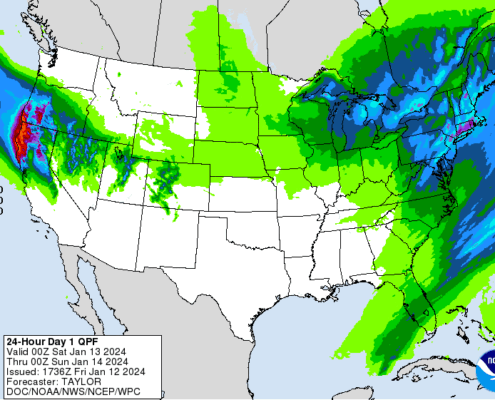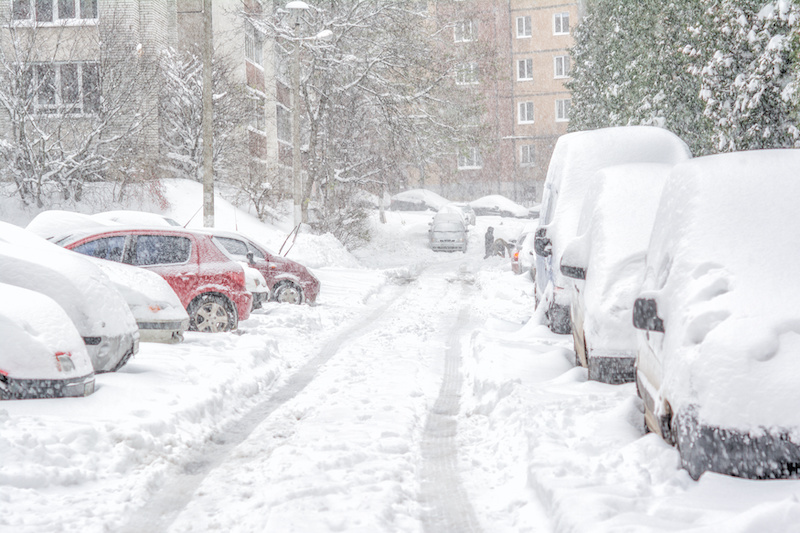8 Tips for Staying Warm and Controlling Heating Costs This Winter

With the cost of nearly all types of home heating increasing this winter, many are looking for ways to keep their heating bills in check. Here are a few things you can do to help in controlling heating costs.
Utilize Budget Billing
Many utility companies offer a “budget billing” option, which takes the overall cost for 12 months of service and divides it equally, so you pay the same each month instead of having highs and lows depending on the season. While this won’t save you money overall, it will make your monthly bill predictable and easier to budget for. The amount will generally change only once per year and may increase or decrease depending on your last 12 months of actual use. Check with your utility company to see if they offer this option.
Insulate doors and windows
Leaky doors and windows can be the biggest source of heat loss in your home. Replacing them with newer, more energy-efficient options can save a lot in the long run, but may be quite costly up front. If replacement isn’t in your budget or you’re a renter, you might consider:
- Making sure windows are fully closed and locked
If you have windows that open from the top as well as the bottom, make sure they’re fully closed by locking them for the winter. An invisible gap at the top of a window can let cold air in and warm air out. - Adding new weather stripping or re-caulking your windows
You may be able to stop some air from getting in or out simply by making sure the existing caulk or weather stripping is in good shape and replacing any that shows gaps or wear. Both items are readily available at home improvement and hardware stores and are not expensive. - Using a window insulation kit
These special shrink-wrap kits for inside use double-sided tape and special plastic to create a seal over your windows for the winter. Most require only scissors and a hair dryer for installation, and they are usually easy to remove and don’t cause damage. (The tape may peel some paint, so be aware if that’s a concern for you.) - Replacing the “sweep” at the bottom of exterior doors
This piece of metal or plastic and rubber at the bottom of the door helps seal the gap between the door and floor. Make sure yours is in good shape and is the right length and height for your door. Replacements are easy to find and not usually expensive. - Placing draft stoppers at the bottom of windows and doors
These tubes filled with foam, beans, or other materials can help stop heat loss through the bottom of a window or interior door. There are online tutorials for making your own (examples here and here, or search “diy draft stopper”), or you can find them for sale in home goods stores or online. - Getting insulated curtains
If you’re looking for a reusable option for windows, insulated curtains or drapes can be used year-round, or taken down during warmer months. These work best if they’re a little longer and wider than your window, to help cover all the possible gaps. Blackout curtains are often insulated as well, so they can do double duty blocking light for better sleep. If you’re using long drapes, make sure they don’t touch or cover any heating elements.
- Making sure windows are fully closed and locked
Make sure vents/heating elements are clear and open/close vents as needed
Another way to assist in controlling your heating costs is to ensure you don’t have furniture or other items blocking the flow of heat. Whether you have vents, baseboard elements, radiators, or something else, for both safety and efficient heating, it’s best to keep the area around them clear. If you have air vents, make sure they’re open in rooms you use/want to heat, and consider closing them in areas that don’t need to be heated.
Know what kind of system you have and what optimal operation entails
There are many different kinds of heating systems and fuels, so it’s important to know what kind you have and how to set your thermostat for the most efficient operation. For example, most heat pump systems operate more efficiently when keeping a relatively stable temperature throughout the day and night, while other types of systems might be more efficient when turned down at night or when you’re not home. If you’re going to be away for an extended period and want to save money by turning the heat down, it’s recommended to leave your thermostat set no lower than 55 degrees in order to keep pipes from freezing and bursting. Consumer Reports has other tips on how to prevent your pipes from freezing.
Replace your filter(s) regularly and do regular maintenance
If your heating system has removable air filters, make sure they’re clean and replace them on the recommended schedule. Dirty filters can impede air flow through your system, making it less effective and causing it to run more, which increases your cost. Many types of heating systems require periodic cleaning or other maintenance to run effectively and efficiently. Check what’s required for your system and whether it’s recommended to do the maintenance yourself or hire a professional.
Put on a sweater
No one wants to need mittens inside, but unless someone in your household has a medical condition that requires warmer temperatures, consider that an appropriate amount of indoor clothing – like long pants, socks, and a sweater or sweatshirt – might allow you to turn down the thermostat a few degrees and still remain comfortable. An ambient room temperature in the range of 68-72 degrees Fahrenheit is comfortable for most people during the day, but you might be able to go a little cooler with a few extra clothes.
Use space heaters and electric blankets sparingly and safely
Supplemental heating is sometimes necessary if your home’s main source of heat isn’t working properly or efficiently, but be cautioned that not all types of space heaters or electric blankets are safe to use. Check out the Department of Energy’s guide to small space heaters and check the Consumer Product Safety Commission’s recalls list opens for heaters or blankets deemed unsafe for use.
If you live in an apartment building or other rental property, find out what the community/landlord’s policy is before using supplemental heating devices. Never leave space heaters or electric blankets on when you are not at home, and be extra careful if using around pets or small children.
Keep other family members and pets in mind
Very young children, elderly or ill family members, and pets may need warmer (or cooler) indoor temperatures to be safe and comfortable. If you’re not sure what’s appropriate, check with their doctor or veterinarian to be certain.
The Department of Energy has additional tips for heating and cooling efficiently, and the EPA has advice about where to install a carbon monoxide detector, which is recommended if you have any appliances or systems in your home that use fuels like natural gas, oil, wood, coal, kerosene, charcoal, or propane. Lower income families may qualify for the Low Income Home Energy Assistance Program (LIHEAP), which assists eligible families with their heating and cooling costs.
More from FEEA
Subscribe to FEEA’s Newsletter
Would you like to reprint this piece in your agency human resource, federal employee association, or union local newsletter? You can do so at no cost by contacting admin@feea.org with your request.
The information provided in this piece is for your convenience and informational purposes only and not to be construed as professional advice. FEEA and its coauthors and sponsors are not liable for any losses or damages related to actions or failure to act with regard to the content in this piece.






